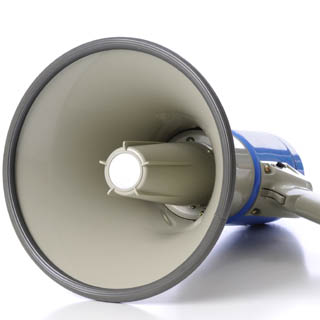Autonomous mining operations offer significant benefits, ranging from improving health and safety by removing people from hazardous environments, to improving productivity, reducing costs, and improving levels of mineral resource recovery. While the mining sector has been an early mover in autonomy, less than 3% of mobile equipment is autonomous after 15 years of development. The industry has been deprived of the innovations resulting from investments in the wider autonomy space, instead relying on solutions soured from mining OEMs. These mining OEM autonomy solutions were architected and developed as closed and proprietary systems, which are expensive, provide limited interoperability, leads to vendor lock-in, and constrains innovation.
In a new report, published jointly by TWIN and Clareo and stemming from interviews with executives of organizations across the global autonomy ecosystem, Peter Bryant and Satish Rao recommend a path forward for the mining industry to create a solution based on an open and interoperable standard. Open and interoperable systems allow for technology developers to benefit from advancements achieved in other sectors, and accelerate and future proof their own innovation efforts. The desired future world of a fully autonomous mine is achievable only when all mobile equipment can act autonomously and collaboratively which necessitates, at a minimum, that the respective OEM systems are interoperable and are based on standards.


